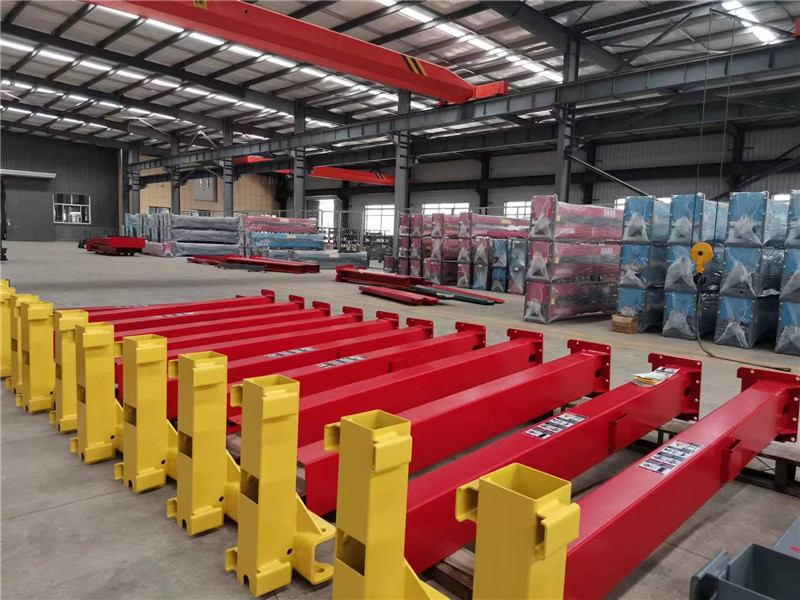Y-T003 High-quality tool steel Double End L-type wrench Auto Repair Tool Socket Wrench
Product Description
The L-socket wrench is a commonly used tool, mainly for removing and installing bolts and nuts. Its working principle is based on the principle of leverage, by applying an external force to the shank of the wrench, the amplification of leverage is utilized to unscrew the bolt or nut.
L-shaped socket wrenches are characterized by their L-shaped heads, a design that allows the wrenches to be operated more easily into tight spaces. In addition, L-socket wrenches are usually made of steel, which has high hardness and elasticity and can withstand high torque.
Widely used in automotive repair, home maintenance, machinery and industrial work, L-socket wrenches perform especially well when they need to operate in tight spaces. For example, in the removal and tightening of automobile engines, transmissions and other components, L-Socket Wrenches provide greater flexibility and efficiency.
How to use and precautions
Choose the right size: choose the right socket wrench according to the size of the part to be twisted, make sure the socket matches the size of the bolt or nut to avoid slipping off and hurting your hand or damaging the tool.
Installation stability: Before twisting, you must make sure that the joint of the handle is installed stably before exerting force. Keep the handle perpendicular to the body and use appropriate force when using.
Avoid impact force: the wrench jaws should be leveled, and the force applied should be even, and no excessive force or impact force should be applied. When encountering tight threaded parts, the wrench should not be struck with a hammer.
Waterproof and anti-fouling: Pay attention to waterproof, mud, sand and other debris into the wrench handle, and prevent dust, dirt and oil from entering the socket wrench.
Regular inspection and maintenance: Before using the socket wrench, the condition of the wrench and socket should be carefully checked, and should be replaced or repaired in time if damaged or loose. Dirt inside the socket wrench and oil on the surface should be cleaned regularly.
Correct grip: When using, hold the handle with both hands to make it turn continuously until the nut is tightened or loosened. Hold the handle firmly with your left hand at the connection between the handle and the socket and do not wiggle it to prevent the socket from slipping out or damaging the prongs of the bolt or nut.
Safe operation: When using a socket wrench, gloves should be worn for added safety. During operation, if the wrench does not emit a ringing signal, stop using it and check the cause.
News
-

Telephone
Telephone
-

Email
-

Skype
Skype
-

QQ
QQ
-

WhatsApp
WhatsApp

-

Wechat
Wechat

-

Facebook
Facebook

















